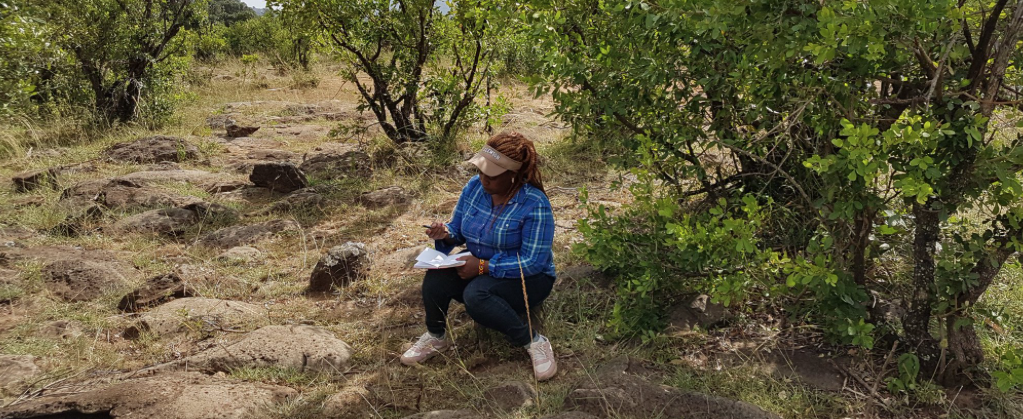PhD: Medicinal plants in Loita, Narok County, Kenya

Assessment of ethno-medicinal knowledge dynamics, and conservation status of medicinal plants in Loita, Narok County, Kenya
Student: Jedidah Nankaya
Program: PhD. Biology of Conservation, University of Nairobi (UON)
Supervisors: Prof. Nathan Gichuki (UON)
Dr. Cathrine Lukhoba (UON)
Prof. Henrik Balslev (Aarhus University, Denmark)
Period: 2017-2020
Area: The study area is Loita in Narok County. Loita has a population of 25,000 (6497 women, 5146 men and 14,539 children) with 2180 households and covers an area of 1675.7 sq. km.
Loita is home to Naimina Enkiyio forest which covers an area of 330 sq km (KNBS, 2009). The forest plays an integral role in supporting the lives of the people meeting their physical, spiritual, cultural and material needs
Importance: The findings of this study will inform conservation decisions for sustainable development by highlighting the commonly known medicinal plants in the study area and their uses, local knowledge variation in the community, and the threat status of medicinal plants based on perceptions. This information may be useful for monitoring and in planning for conservation programs in the study area.
Study Objectives:
Main objective
To understand ethno-medicinal plants knowledge dynamics, and conservation status of medicinal plants
Specific Objectives
1. To identify medicinal plants known by children and the dominant mode of knowledge transmission
2. To determine the status of medicinal plant knowledge based on gender, age and education.
3. To find out whether abundance of a given medicinal plant species influences medicinal plant knowledge of that species.
4. To identify medicinal plants species to be prioritized for conservation based on local knowledge and threat perceptions
Methods:
Vegetation sampling and Interviews
Sampling will be carried out in two different sites in the sub montane and montane vegetation types. To determine medicinal plant abundance, two sub plots will be randomly sampled in each vegetation type. Within each sub plot, visual estimation method will be conducted.
During the survey in the forest, the local experts will be asked to identify all medicinal plants inside the plots and their major uses. The researcher will record vernacular names of each medicinal plant, and their major uses.
Each medicinal plant will be photographed and a herbarium specimen will be collected and later deposited at the University of Nairobi (NAI) herbarium. Plants identification will be conducted by a taxonomist at the University of Nairobi in consultation with relevant taxonomic literature (e.g., Flora of Tropical East Africa, Trees and Shrubs of East Africa and Ethnobotany of the Loita Maasai).
The information collected from the local experts will be used to develop part B of a questionnaire for semi-structured interviews. 45 households will be interviewed.